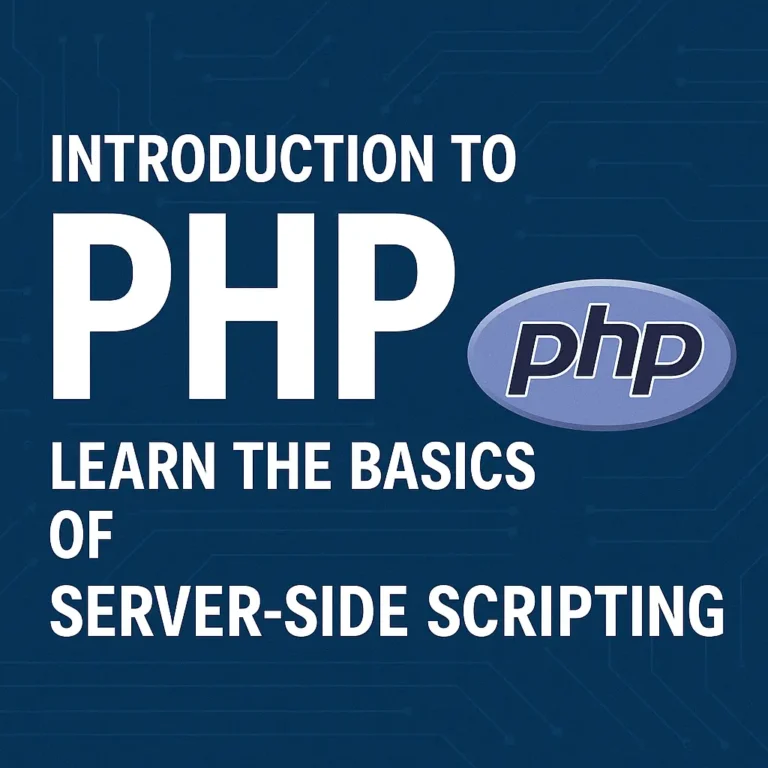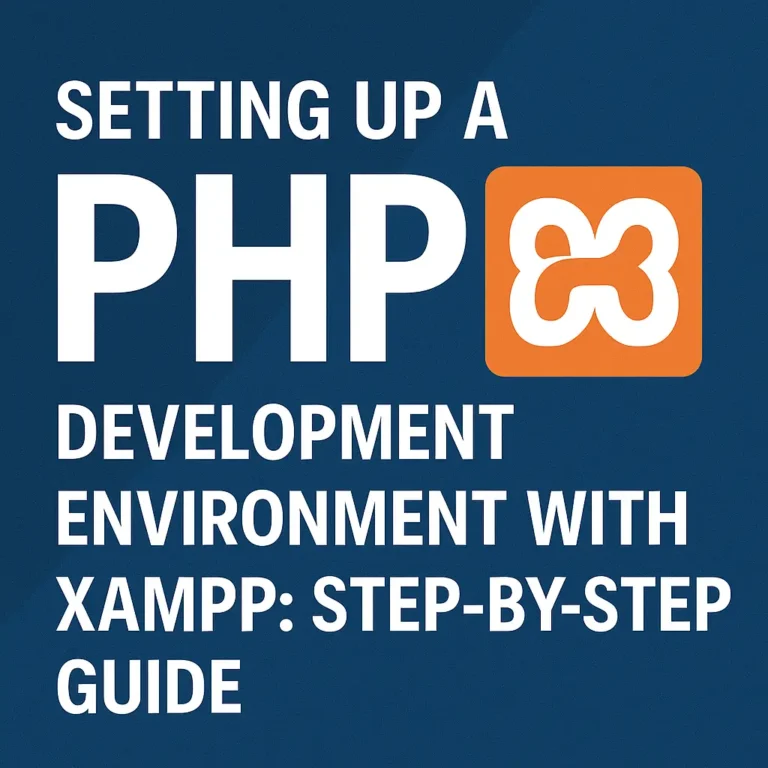In this comprehensive guide, we’ll explore the OWASP Top 10 security risks and delve into strategies for mitigating these risks effectively in PHP applications.
Understanding the OWASP Top 10 Security Risks
The OWASP (Open Web Application Security Project) Top 10 is a widely recognized list of the most critical security risks facing web applications. Updated periodically by security experts worldwide, the OWASP Top 10 provides valuable insights into common vulnerabilities and attack vectors. Let’s examine the current OWASP Top 10 list and understand each security risk:
Injection:
Injection flaws occur when untrusted data is sent to an interpreter as part of a command or query. Examples include SQL injection, NoSQL injection, and OS command injection.
Broken Authentication:
Broken authentication vulnerabilities arise when authentication mechanisms are not implemented correctly, leading to unauthorized access to sensitive functionality or data.
Sensitive Data Exposure:
Sensitive data exposure occurs when sensitive information, such as passwords, credit card numbers, or personal data, is exposed to unauthorized parties due to inadequate protection or encryption.
XML External Entities (XXE):
XXE vulnerabilities allow attackers to exploit XML processors by including external entities or remote content, leading to information disclosure, server-side request forgery (SSRF), or denial of service (DoS) attacks.
Broken Access Control:
Broken access control vulnerabilities occur when access controls are not enforced properly, allowing unauthorized users to access restricted resources or perform unauthorized actions.
Security Misconfiguration:
Security misconfigurations, such as default configurations, unnecessary features enabled, or improper access controls, can lead to exploitable vulnerabilities and unauthorized access to sensitive data.
Cross-Site Scripting (XSS):
XSS vulnerabilities enable attackers to inject malicious scripts into web pages viewed by other users, leading to session hijacking, data theft, or defacement of web pages.
Insecure Deserialization:
Insecure deserialization vulnerabilities occur when untrusted data is deserialized without proper validation, leading to remote code execution, denial of service, or privilege escalation.
Using Components with Known Vulnerabilities:
Using outdated or vulnerable components, such as libraries, frameworks, or plugins, exposes applications to known security vulnerabilities that attackers can exploit.
Insufficient Logging and Monitoring:
Inadequate logging and monitoring make it difficult to detect and respond to security incidents, allowing attackers to operate undetected and prolong the duration of attacks.
Mitigating Security Risks in PHP Applications
Now that we’ve identified the OWASP Top 10 security risks, let’s explore strategies for mitigating these risks in PHP applications:
Input Validation and Parameterized Queries:
Sanitize and validate user input to prevent injection attacks, such as SQL injection or XSS. Use parameterized queries (prepared statements) to interact with databases securely and avoid concatenating user input directly into SQL queries.
// Example of using parameterized queries in PHP with PDO
$stmt = $pdo->prepare('SELECT * FROM users WHERE username = :username');
$stmt->execute(['username' => $username]);
$user = $stmt->fetch();
Strong Authentication and Password Hashing:
Implement strong authentication mechanisms, such as multi-factor authentication (MFA) and password complexity requirements, to protect user accounts from unauthorized access. Hash passwords securely using bcrypt or Argon2 to mitigate password-related risks.
// Example of password hashing in PHP with password_hash()
$passwordHash = password_hash($password, PASSWORD_BCRYPT);
Data Encryption and Secure Transmission:
Encrypt sensitive data at rest and in transit using strong encryption algorithms and protocols. Use HTTPS (SSL/TLS) to encrypt data transmitted between clients and servers, and implement encryption for data stored in databases or files.
// Example of encrypting and decrypting data in PHP with openssl_encrypt() and openssl_decrypt()
$encryptedData = openssl_encrypt($data, 'aes-256-cbc', $key, 0, $iv);
$decryptedData = openssl_decrypt($encryptedData, 'aes-256-cbc', $key, 0, $iv);
Access Control and Authorization:
Enforce access controls at both the application and server levels to restrict access to sensitive functionality and resources. Implement role-based access control (RBAC) or attribute-based access control (ABAC) to manage user permissions effectively.
// Example of access control in PHP with role-based access control
if (userHasRole($userId, 'admin')) {
// Allow access to admin functionality
} else {
// Deny access
}
Security Headers and Content Security Policy (CSP):
Set security headers, such as X-Content-Type-Options, X-Frame-Options, and Content-Security-Policy, to protect against common web vulnerabilities, such as clickjacking and XSS. Implement Content Security Policy (CSP) to mitigate XSS risks by defining and enforcing a whitelist of trusted sources for content.
// Example of setting security headers in PHP
header('X-Content-Type-Options: nosniff');
header('X-Frame-Options: DENY');
header('Content-Security-Policy: default-src \'self\'');
Input and Output Encoding:
Encode user input and output data to prevent XSS attacks and protect against malicious script injection. Use htmlspecialchars() or htmlentities() to encode output data displayed in HTML contexts, and filter input data to remove or escape potentially dangerous characters.
// Example of output encoding in PHP with htmlspecialchars()
echo htmlspecialchars($userInput, ENT_QUOTES, 'UTF-8');
Content-Type Validation and XML Parsing:
Validate and sanitize input data, especially when dealing with XML or JSON payloads, to prevent XXE attacks. Reject unexpected or malformed content types and use secure XML parsing libraries or disable external entity parsing altogether.
// Example of disabling XML external entities (XXE) in PHP with libxml_disable_entity_loader()
libxml_disable_entity_loader(true);
Security Updates and Patch Management:
Keep PHP versions, libraries, frameworks, and server software up-to-date to mitigate the risk of known vulnerabilities. Regularly monitor security advisories and apply patches promptly to address security vulnerabilities and weaknesses.
// Example of updating PHP dependencies with Composer
composer update
Security Headers and Configuration Hardening:
Configure PHP settings, web server configurations, and security headers to harden the application against common attack vectors and security risks. Enable features like PHP’s open_basedir restriction and disable dangerous functions to limit the impact of security incidents.
// Example of enabling open_basedir restriction in PHP configuration (php.ini)
open_basedir = /var/www/html
Logging, Monitoring, and Incident Response:
Implement robust logging and monitoring mechanisms to track user activity, detect security incidents, and respond promptly to security threats. Log security-related events, such as failed login attempts, access control violations, and suspicious activities, and establish incident response procedures to investigate and mitigate security breaches effectively.
// Example of logging security-related events in PHP with error_log()
error_log('Unauthorized access attempt: ' . $_SERVER['REMOTE_ADDR'] . ' - ' . $_SERVER['REQUEST_URI']);
Conclusion
By incorporating these best practices and strategies into your PHP applications, you can bolster their defenses against common security risks and protect sensitive data from unauthorized access, exploitation, and manipulation. Security is an ongoing process that requires vigilance, education, and collaboration across development, operations, and security teams. Embrace a security-first mindset, prioritize proactive risk mitigation, and stay informed about emerging threats and vulnerabilities to safeguard your PHP applications and fortify your digital fortress against cyber threats.






